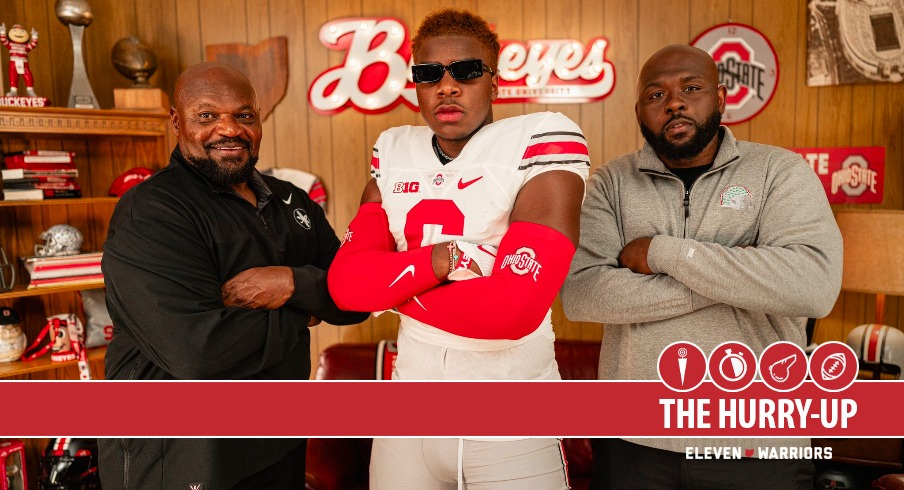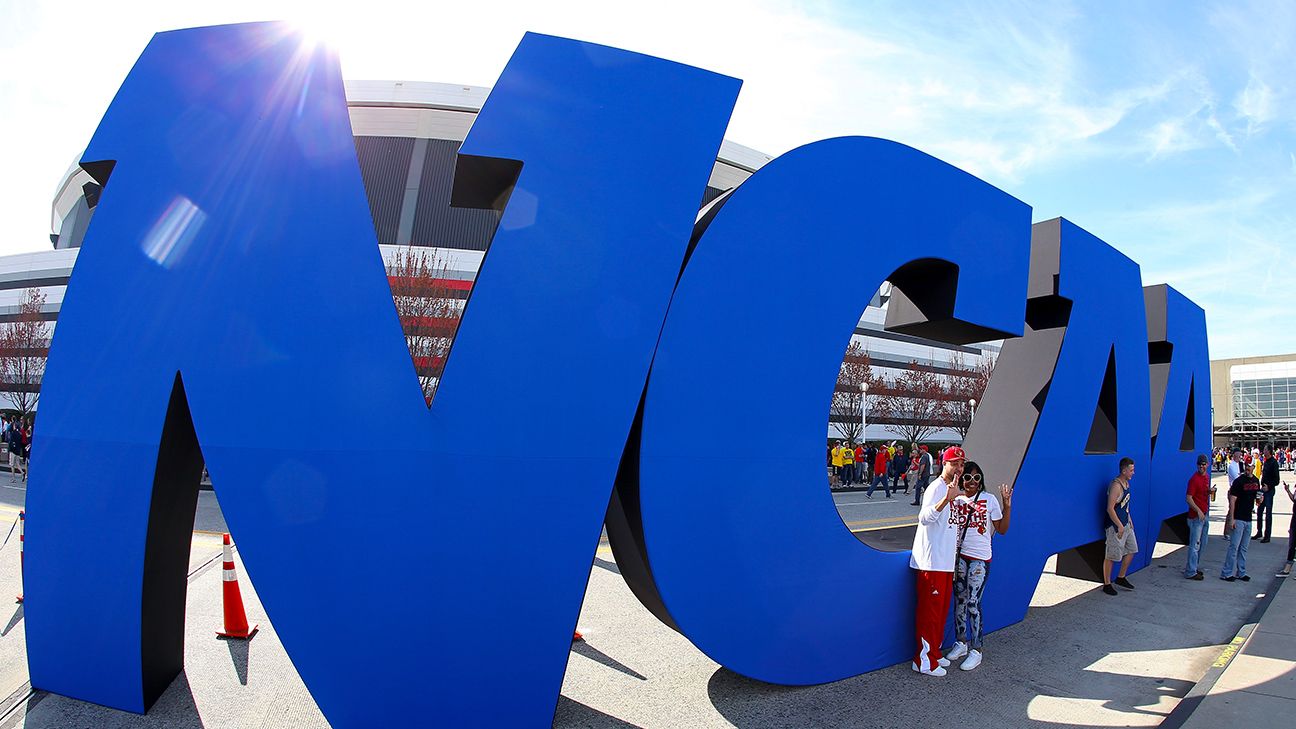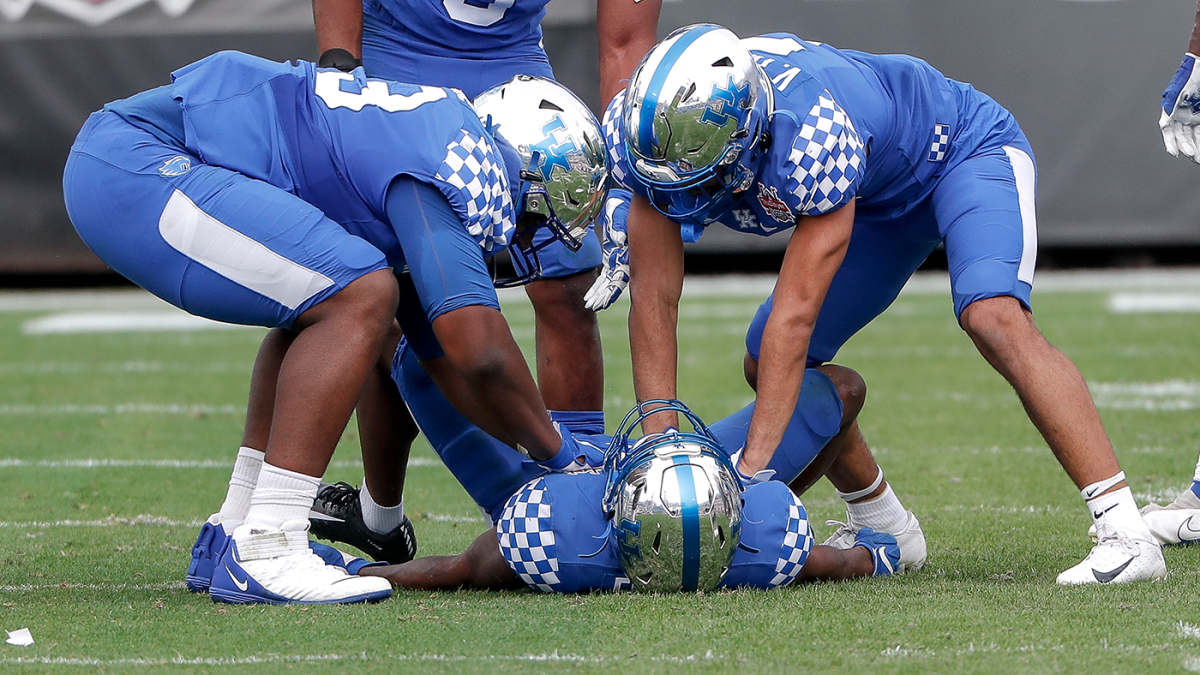The NCAA is looking into "injury feigning" again:
A proposed rule change intended to discourage players from faking injuries that prompt unwarranted timeouts will be considered when the NCAA Football Rules Committee meets this month.

apnews.com
NCAA committee to consider coaches’ proposal to combat ‘unethical behavior’ of fake injuries
A proposed rule change intended to discourage players from faking injuries that prompt unwarranted timeouts will be considered when the NCAA Football Rules Committee meets this month.
Feigning injuries, sometimes at the coach’s instruction, has become a tactic defenses use to slow down tempo offenses or as a way for an offense to avoid a delay of game penalty or get an extra timeout.
The American Football Coaches Association submitted a proposal that would require a player who goes down on the field and receives medical attention to sit out the rest of that possession. Currently, the player must go out for one play before re-entering.
“The American Football Coaches Association is acutely concerned about this,” AFCA executive director Craig Bohl said. “It goes against the grain of the betterment of our game and the ethics. We crafted this, we floated this, and it’s been received well. I’m sure there’ll be some pushback. Our point (to detractors) is give us something better if you don’t like it.”
The proposal has carveouts. A coach can use a charged timeout to get the player back on the field during the current possession. A player injured by a hit that results in a penalty would be exempt. Also, the one player on offense and one on defense with a green dot on his helmet, indicating he’s allowed to receive radio communication from the sideline, can re-enter after one play.
.
.
.
continued
Faking injuries has been a growing issue since the practice emerged to cool down up-tempo offenses

www.cbssports.com
NCAA Rules Committee takes aim at injury feigning as flopping in college football hits 'inflection point'
Faking injuries has been a growing issue since the practice emerged to cool down up-tempo offenses
If you left coaches alone long enough, they were going to adopt the completely devious practice of faking injuries.
It's not even worth calling it gamesmanship anymore. The idea was hatched in the back rooms of coaches' meetings where anything is accepted -- regardless of legality -- to gain any kind of advantage.
For those of you not with your noses buried in
House v. NCAA settlement court documents or College Football Playoff automatic qualifier scenarios, players faking injuries has become college football's No. 1 offseason discussion.
The practice, hatched as an idea to slow down up-tempo offenses, has become like spilled coffee on a white carpet -- an ugly stain that's hard to clean. The NCAA Football Rules Committee will make feigning injuries its primary topic when it meets this week in Indianapolis.
"We're at an inflection point," said Steve Shaw, the head of that committee as NCAA secretary-rules editor. "We have to do
something."
As it stands, college football has descended into the lowest common denominator of entertainment -- pro wrestling -- that threatens the integrity of the game. And there's enough erosion of that credibility lately.
Start with the fact that coaches and players have become so blatant and fraudulent about it. You'd at least think they'd
refine this sort of cheating during a practice period or something. What we're getting are middle school productions with worse actors.
The SEC has stepped up and will penalize coaches found guilty with a public reprimand and fine -- even a suspension, if necessary. SEC commissioner Greg Sankey sent out a memo to league members calling for an end to the "nonsense." But that's one conference in a broad, complicated space.
The American Football Coaches Association has formally proposed the most detailed solution yet. If there is a medical stoppage, the player in question would have to miss the rest of the series. If the player is then cleared medically, a team could use a timeout to get that player back on the field. There would be exceptions for players with helmet communications -- quarterbacks, linebackers -- to get back in after one play.
.
.
.
continued











